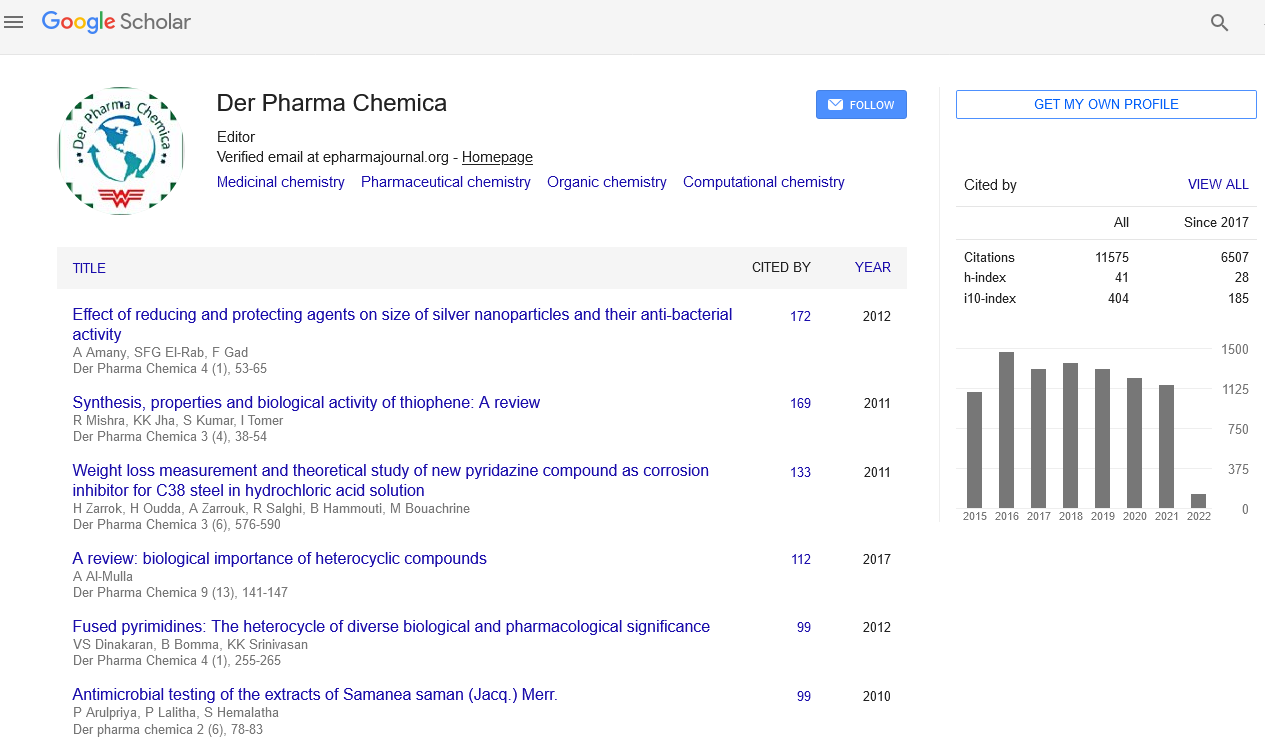Abstract
The use of computational chemistry to predict toxicity of antioxidants food additives and its metabolites as a reference for food safety regulation
Author(s): Sophi Damayanti 1 , Jajat Permana 1,2 and Daryono Hadi Tjahjono 1Antioxidant food additives are used to prevent or s lowing down the oxidation process in foods. Europea n Food Safety Authority (EFSA) by EC257/2010 regulation se t up a program for reevaluation approved antioxidan t food additives. Safety of the food additive was one of i ts concerns. The aim of this research was to predic t antioxidant food additives toxicity using in silico toxicity pr ediction as preliminary evaluation of safety antiox idant food additives evaluation. The in silico prediction was conducted for acute toxicity (LD 50 ), mutagenicity, carcinogenicity, reproduction toxicity, chronic toxicity (NOEL), Acc eptable Daily Intake (ADI) value and toxicity of Me tabolites. The applied softwares were Toxtree, TEST, Admet Predict or and OECD QSAR Toolbox. Among 42 antioxidant food additives as chemicals test, the prediction methods predict that 6 compounds as carcinogen (carnosic a cid, citric acid, ethylene diamine tetra acetate, isopropyl cit rate, octyl gallate, and stearyl citrate); 2 compou nds as mutagen (ascorbyl palmitate and 2,4,5-trihydroxybutyropheno ne); 8 compounds as reproduction toxic (4 hexyl res orcinol, alpha tocopherol, butylated hydroxy anisole, delta tocopherol, ethoxyquine, gamma tocopherol, tertiary butyl hydroquinone); and 1 compound as mutagen and reprod uction toxic, that is norhydroguairetic acid. Acute toxicity prediction was conducted by LD 50 prediction. The lowest LD 50 value was ethoxyquine, 937.84 mg/kg and the highes t LD 50 value was dilauryl thiodipropionate, 13367.79 mg/kg . The comparison between LD 50 prediction and LD 50 experimental was using paired t-test method. It is concluded that there is no significantly difference between LD 50 prediction and LD 50 experimental. Chronic toxicity prediction was cond ucted by NOEL value prediction, and ADI value was calculated from NOEL value. The lowest AD I value was carnosic acid (0.38 mg/kg bw/day) and t he highest ADI value are calcium ascorbic and calcium disodium ethylen diamine tetraacetate (1.35 mg/kg b w/day). The comparison between ADI prediction and ADI exper imental was using paired t-test method concluded th at there is no significant difference between ADI prediction and ADI experimental. Metabolitee prediction was c onducted using two softwares that are Toxtree and Admet Pred ictor. The Metabolitee prediction showed change in prediction result. The in silico toxicity prediction method ca n be used as one supportive method to perform food additive safety evaluation by prediction of carcinogen, genotoxicit y, reproduction toxicity, LD 50 value and ADI value.
Select your language of interest to view the total content in your interested language
Google Scholar citation report
Citations : 25868
Der Pharma Chemica received 25868 citations as per Google Scholar report
Der Pharma Chemica peer review process verified at publons
DOWNLOADS




